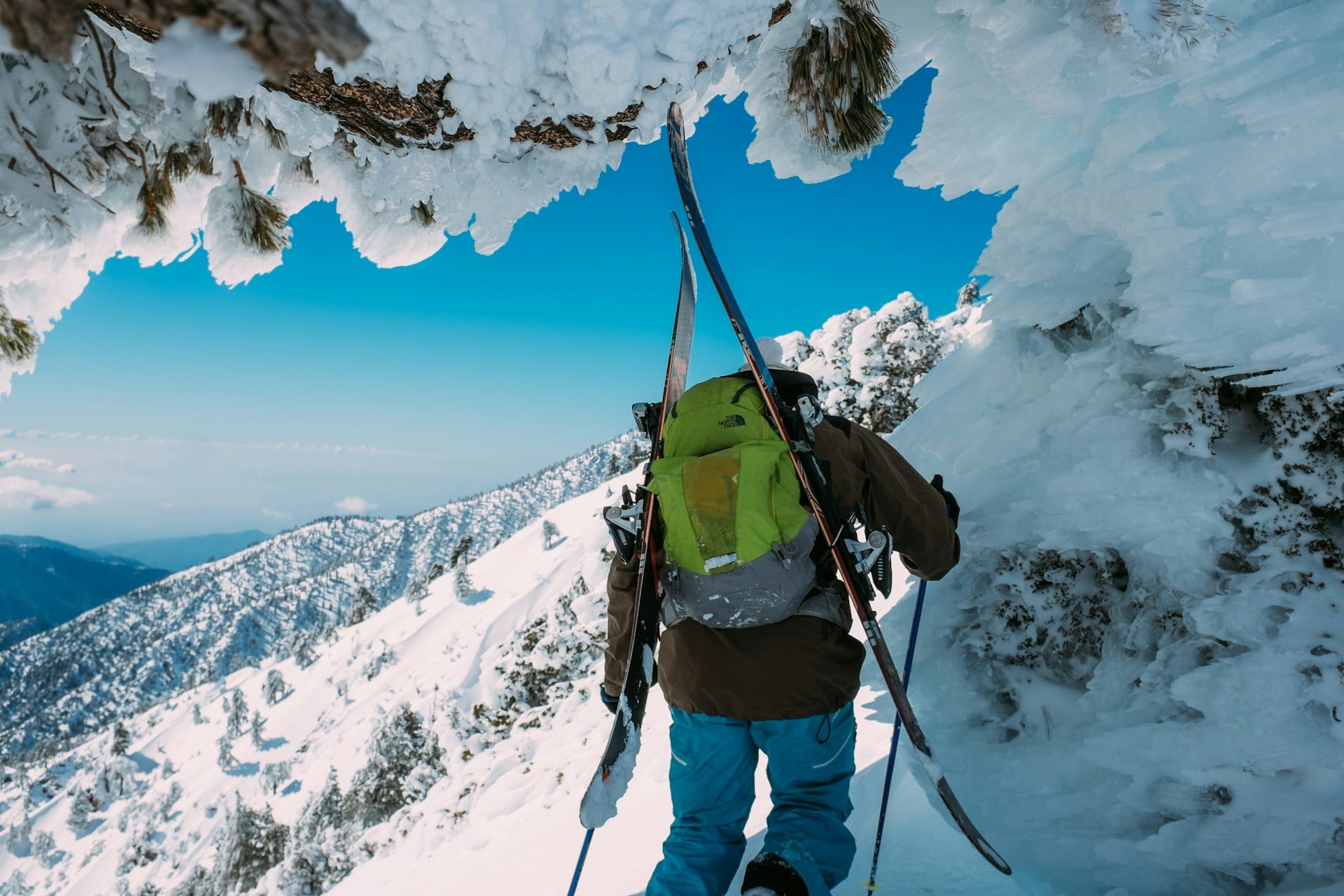Climbing gear holds the most important thing in the world, your life!
With so much riding on the protection of your gear, it’s essential to know the weak links in your system and to reduce the possibility of a failure.
Climbing gear that is made of cloth-like material such as ropes and slings are much more susceptible to the elements in comparison to metal gear such as carabineers and belay devices. Materials such as webbing and slings are weakened by falls, UV radiation, dirt grinding on and possibly in the sling, and undesirable friction generated by bad orientation – basically, just good old wear and tear.
Gear that has both metal and cloth properties is not without exception to this wear and tear, and is sometimes neglected in being considered for replacement. According to Black Diamond, cam slings should be replaced every 2-5 years with frequent use and 5-8 years with occasional use.
With any climbing gear, it is the responsibility of the climber to inspect and know the quality and condition of their gear. If your brand new cam takes a whipper with the sling resting over a granite edge and the integrity of the sling is compromised, do not wait to replace it! Common sense tells us the sling has been tested, and should be replaced.
It’s important to contact the manufacturer about re-slinging especially if it is being done through a company that is not the original manufacturer. If the cam is not re-slung correctly and does not match the original design, the strength of the device may be compromised. This is true for the new Black Diamond camalots and c3s. The thumb loop of the cam has the capability to cut a single layer of webbing around 10kn (2,250lbs). By clipping straight into the thumb loop the strength of the unit is also reduced by around 2kn (450lbs).
The bottom line is this: Don’t skimp – live to climb for many many years! Know your gear and its history, and replace it when it gets damaged or has just had enough aging and/or abuse.
Of course, this information is for entertainment purposes only. Climb and pursue mountaineering activities at your own risk. It is 100% your responsibility to verify the accuracy of this information, as well as to develop the ability to inspect and upgrade/replace your equipment accordingly.


